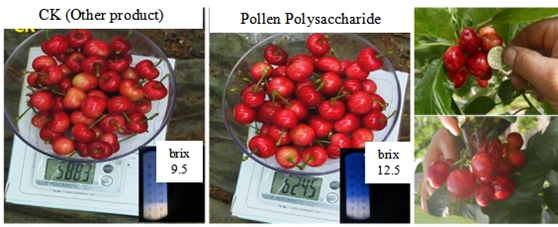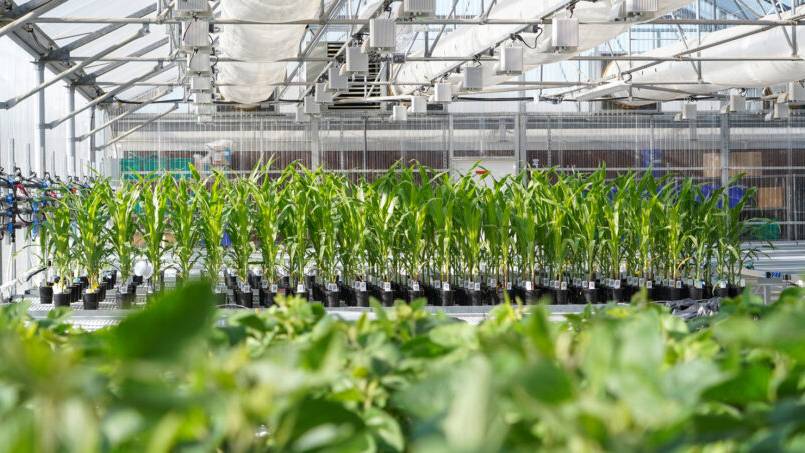Crop Virus Finds Its Way to North America

This is Bright Agindotan, Research Assistant Professor at Montana State University, former postdoctoral researcher at the Energy Biosciences Institute. Photo by Kathryn Coulter
A crop virus which has affected staple food crops in Africa, Europe, Asia and Australia has been found for the first time in North America.
The virus which is a member of the mastrevirus genus was found in switchgrass, which exhibited mosaic symptoms – splotchy, discolored leaves – characteristic of the infection. University of Illinois scientists reported in Archives of Virology evidence of the new mastrevirus, tentatively named switchgrass mosaic-associated virus 1 (SgMaV-1). Other members of the mastrevirus genus, a group of DNA viruses, have decimated corn, wheat and sugarcane crops.
Many mastreviruses are transmitted from plant to plant by leafhoppers. The rate of infection rises with leafhopper populations, which can cause widespread epidemics and complete yield loss in some crops. Researchers are not sure what vector transmits SgMaV-1 and the impacts of the virus on switchgrass biomass yield, nor do they know what other crops the new virus affects.
“My fear is that this virus is in corn and wheat, and we are not even aware of it,” said first author Bright Agindotan, a former postdoctoral researcher at the Energy Biosciences Institute, housed within the Carl R. Woese Institute for Genomic Biology. “It’s like when you are sick and go to the hospital, but the doctors say nothing is wrong with you because they only test for what they know.”
Researchers tested 17 switchgrass varieties that had mosaic symptoms at the EBI Energy Farm. They detected the new virus in all but one variety, called Shenandoah. Switchgrass is a perennial crop, so these infected plants will continue to grow and accumulate the virus year after year, serving as a reservoir for the virus.
“We don’t know the impact of this virus on the biomass yield of the energy crops,” said Agindotan, who is currently a research assistant professor at Montana State University. “We don’t know if this virus will affect cereal crops. We don’t know the specific leafhoppers that transmit it, assuming it is transmitted by leafhoppers like other members of the mastrevirus genus.”
Read more about the virus here.






